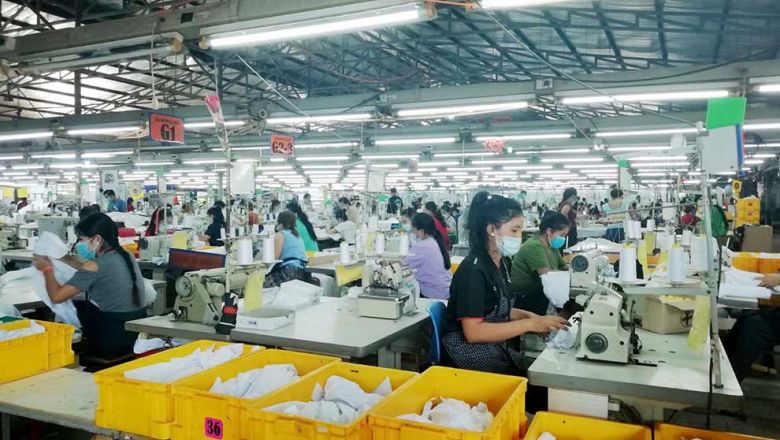Laos' FDI relies on neighbours' growth
Laos' FDI relies on neighbours' growth
Laos is facing challenges in maintaining a high inflow of Foreign Direct Investment (FDI) as the country is largely reliant on the growth of its neighbours, according to a report from the World Bank.
“Trade and investment could be affected if China's economy slows more than expected and growth in Thailand remains sluggish, reflecting recent political, security and weather events in the country,” says the bank's latest East Asia and Pacific Economic Update.
The report, which was released earlier this month, also stated that the economic slowdown in China and Thailand were among the risks Laos was facing, adding that these hazards would continue to increase if economic growth in these countries declined further.
According to the World Bank report, China's economy was expected to grow at about 7 percent in 2015 and graduate thereafter as its economy continues to shift towards a model more dominated by domestic consumption and services, which implies a gradual reduction of growth.
An economist at the Lao National Economic Research Institute said yesterday the institute had not made a special study of the impact of China's slowdown on Laos. However, he admitted China's slowing growth would impact Laos to some extent.
“Laos will not feel much impact from China's slowdown because this neighbouring country is not our major trading partner,” he said.
Since China's economy is the second largest economy in the world, its slowdown will not only negatively impact Laos but many other countries in the East Asia region, according to a World Bank economist.
“Developing East Asia's growth is expected to slow because of China's economic rebalancing and the pace of the expected normalisation of the US interest rate policy,” Chief Economist of the World Bank's East Asia and Pacific Region, Mr Sudhir Shetty, said as quoted in a press release.
“These factors could genera te financial volatility in the short term but are necessary adjustments for sustainable growth in the long term.”
Thailand's economy is expected to see only 2.5 percent growth, dropping from 4 percent from the earlier projection.
The World Bank's claim is logical as China and Thailand are the top foreign investors in Laos. According to the Lao Ministry of Planning and Investment, Chinese investment in Laos stood at US$5.3 billion at the end of 2014, making the country the largest foreign investor in Laos.
Thailand's investment in Laos reached US$4.5 billion in the same year, placing the country second on the list of foreign investors, while Vietnam was the third largest foreign investor in Laos with an investment value of US$3.3 billion, according to the 2014 data posted on the ministry's website.
Analysis shows that Thailand is Laos' largest trading partner. Laos and Thailand had planned to double the value of their bilateral trade from US$4 billion in 2011 to US$8 billion in 2015. Lao imports from Thailand largely comprise construction materials, fuel and consumer items while most of the goods imported by Thailand from Laos are electricity and agricultural produce.
Since Thailand is Laos' number one trading partner, both exports and investment will be affected if the Thai economy remains sluggish.














